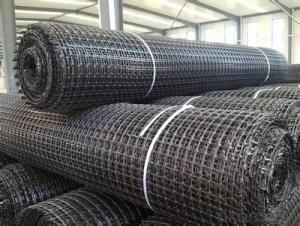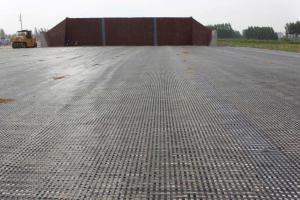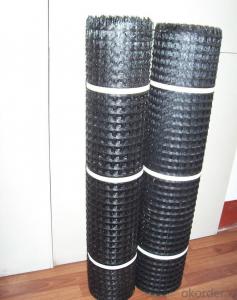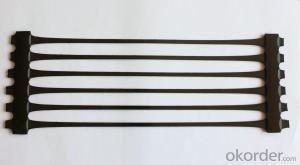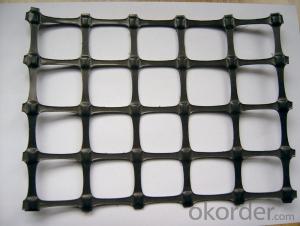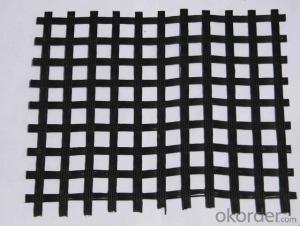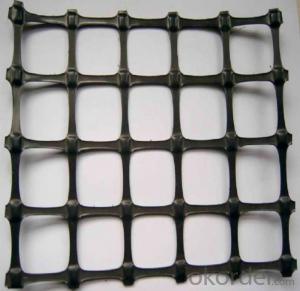Fiberglass Geogrid with Low Elongation of 3%
- Loading Port:
- Shanghai
- Payment Terms:
- TT OR LC
- Min Order Qty:
- 50000 m²
- Supply Capability:
- 200000 m²/month
OKorder Service Pledge
OKorder Financial Service
You Might Also Like
Fiberglass Geogrid with Low Elongation of 3%
Description Of Fiberglass Geogrid with Low Elongation of 3%:
Fiberglass geogrid is a kind of new favorable earthwork base material to strengthen the road surface and roadbed.This product is made by weaving and covering fiberglass filament. It is featured by high vertical and horizontal tensile strength,low unit extension, high flexibility, and favorable high and low temperature resistance.The products after surface covering own the favorable property of alkali resistance and aging resistance. It is used widely to increase the asphalt road surface, concrete road and roadbed (both soft and hard road surfaces).Compared with the traditional road surface, it reduces the cost, prolong the service life, and avoid the reflection road crackle.This product is also used to strengthen the soft land, such as railway, airport, irrigation work, and dyke, etc, and the roadbed.
Main Features of Fiberglass Geogrid with Low Elongation of 3%:
(1)High tensile strength in both the vertical and horizontal directions;
(2)Low elongation;
(3)Excellent temperature ;
(4)Good anti-age and alkali-resistance;
(5)Reduce construction cost, extend service life of road and prevent deflection cracks.
This product is formed by weaving and covered with aphalt or PVC.
Specifications of Fiberglass Geogrid with Low Elongation of 3%:
Tensile Strength (KN) | Warp | >30 | >50 | >60 | >80 | >100 | >120 | >150 | >200 |
Weft | >30 | >50 | >60 | >80 | >100 | >120 | >150 | >120 | |
Elongation(%) | <4< p=""> | <4< p=""> | <4< p=""> | <4< p=""> | <4< p=""> | <4< p=""> | <4< p=""> | <4< p=""> | |
Mesh Size(mm) | 25.4*25.4 | 25.4*25.4 | 25.4*25.4 | 25.4*25.4 | 25.4*25.4 | 25.4*25.4 | 25.4*25.4 | 25.4*25.4 | |
Elastic Modulus | 76 | 76 | 76 | 76 | 76 | 76 | 76 | 76 | |
Width(m) | 1~6 | 1~6 | 1~6 | 1~6 | 1~6 | 1~6 | 1~6 | 1~6 | |
Length(m) | 50~300 | 50~300 | 50~300 | 50~300 | 50~300 | 50~300 | 50~300 | 50~300 | |
Temperature Resistant(℃) | -100~280 | -100~280 | -100~280 | -100~280 | -100~280 | -100~280 | -100~280 | -100~280 | |
Resin Content (%) | 18~20 | 18~20 | 18~20 | 18~20 | 18~20 | 18~20 | 18~20 | 18~20 | |
Glue Type | Bitumen PVC SBR soakage | Bitumen PVC SBR soakage | Bitumen PVC SBR soakage | Bitumen PVC SBR soakage | Bitumen PVC SBR soakage | Bitumen PVC SBR soakage | Bitumen PVC SBR soakage | Bitumen PVC SBR soakage | |
Applications of Fiberglass Geogrid with Low Elongation of 3%:
1.It reinforced old asphalt concrete road surface and asphalt surface layer ,and prevents damage
2.It is used for rebuilding cement concrete road surface into composite road surface and restraining reflection caused by block contraction
3.It is used inroad expansion and improvement project and crack by old and new combination position and uneven sedimentation
4.It is used in soft soil base reinforcement treatment ,is favorable for soft soil water separation and concretion ,restrains sedimentation effectively ,distributes stress uniformly and improve overall strength of road base
5.It is used for preventing contraction crack caused by new road semi-rigid base layer , and reinforcing and preventing road
surface crack caused by foundation crack reflection .
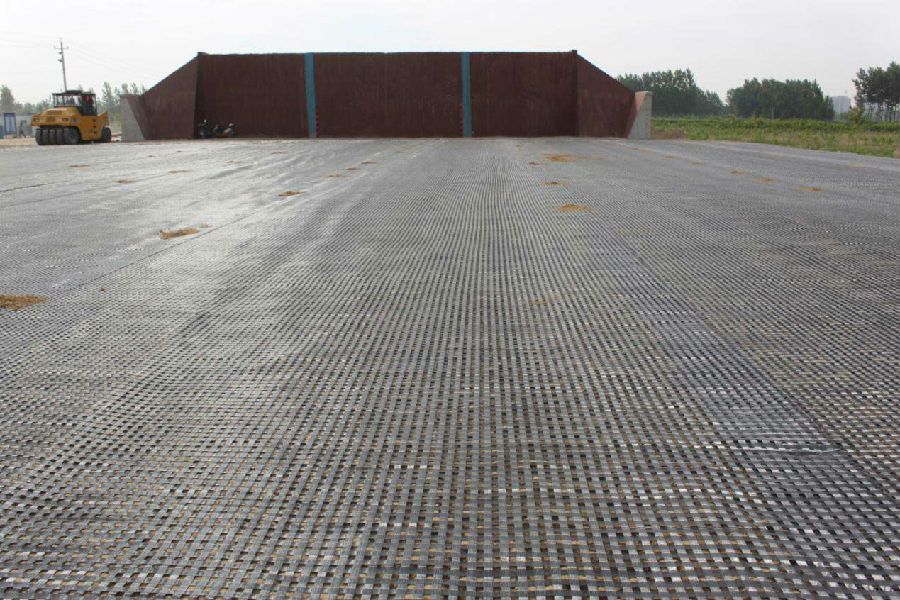
IMages of Fiberglass Geogrid with Low Elongation of 3%:
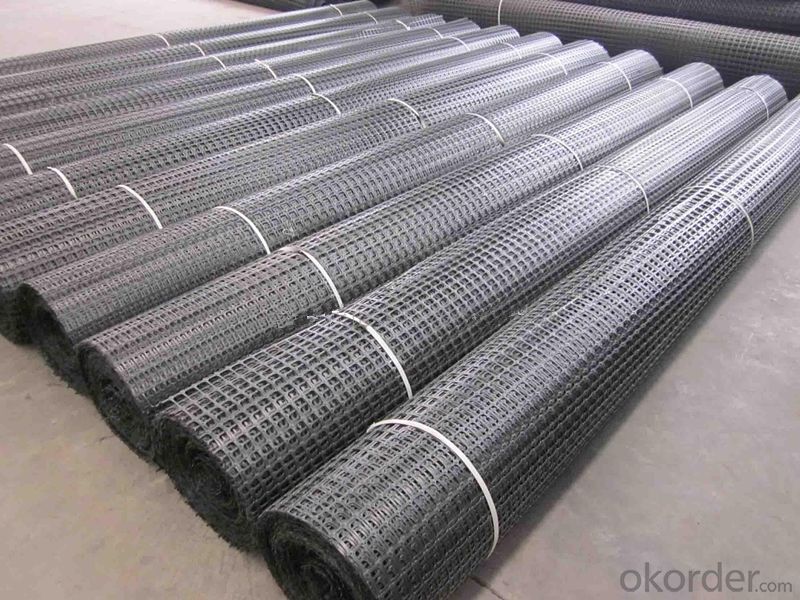
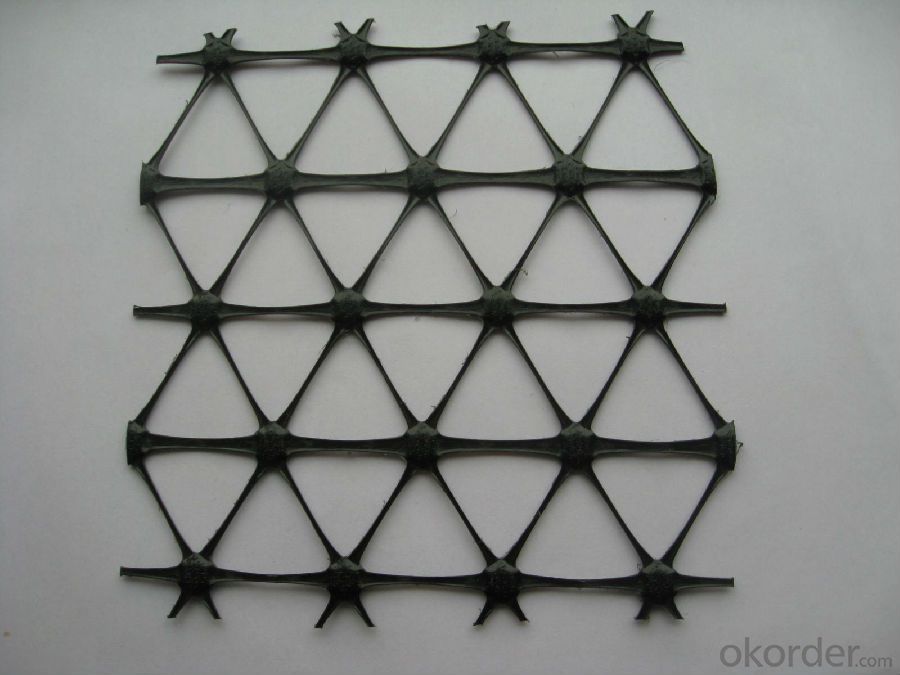


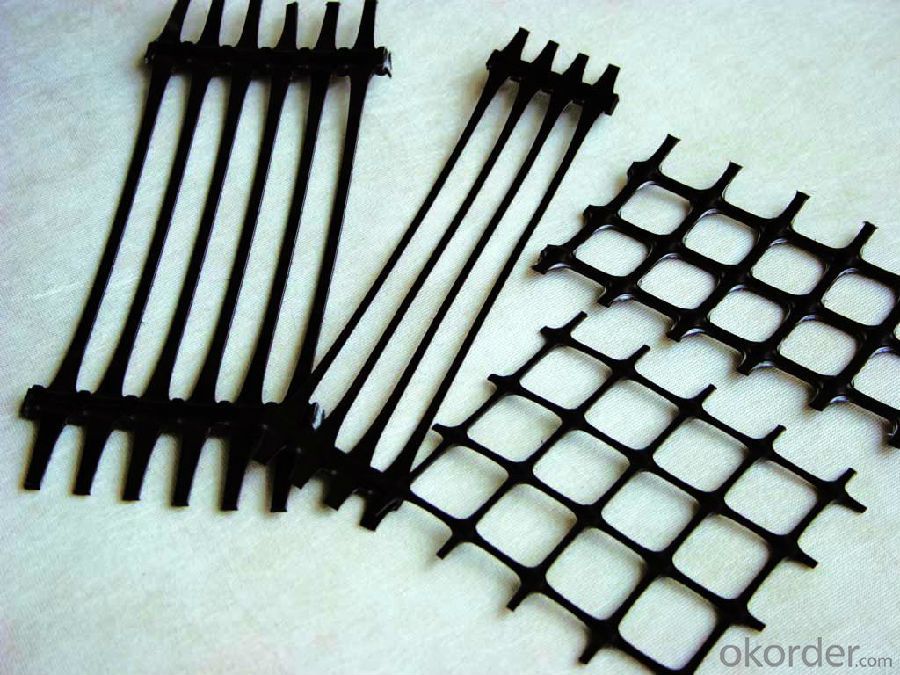
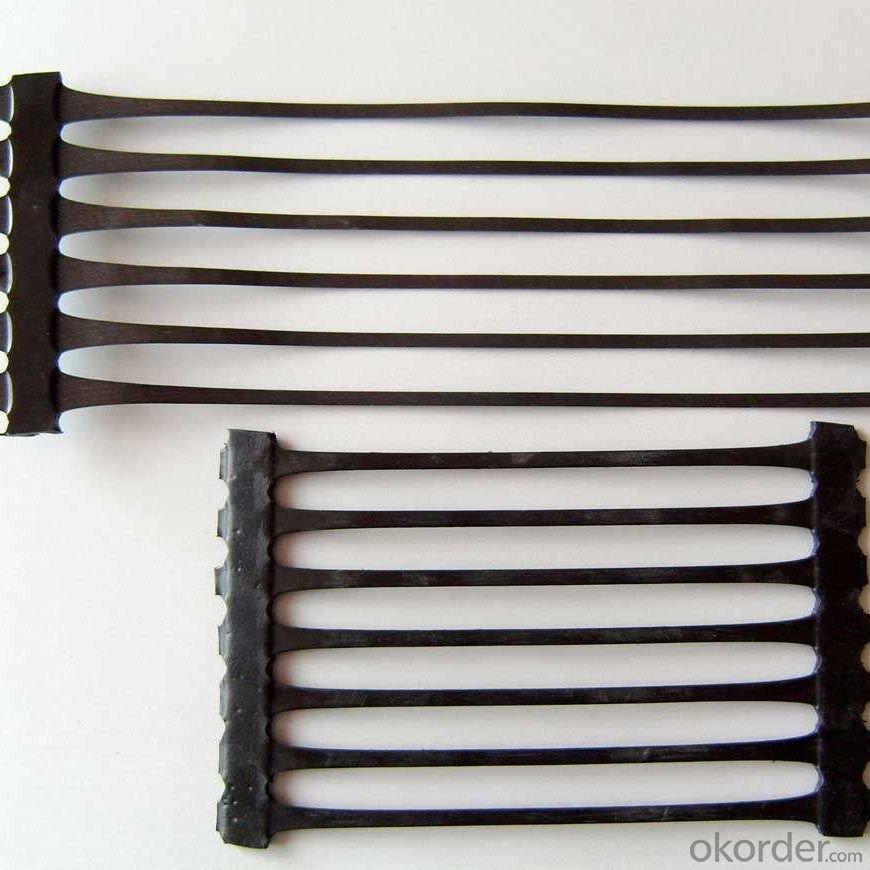
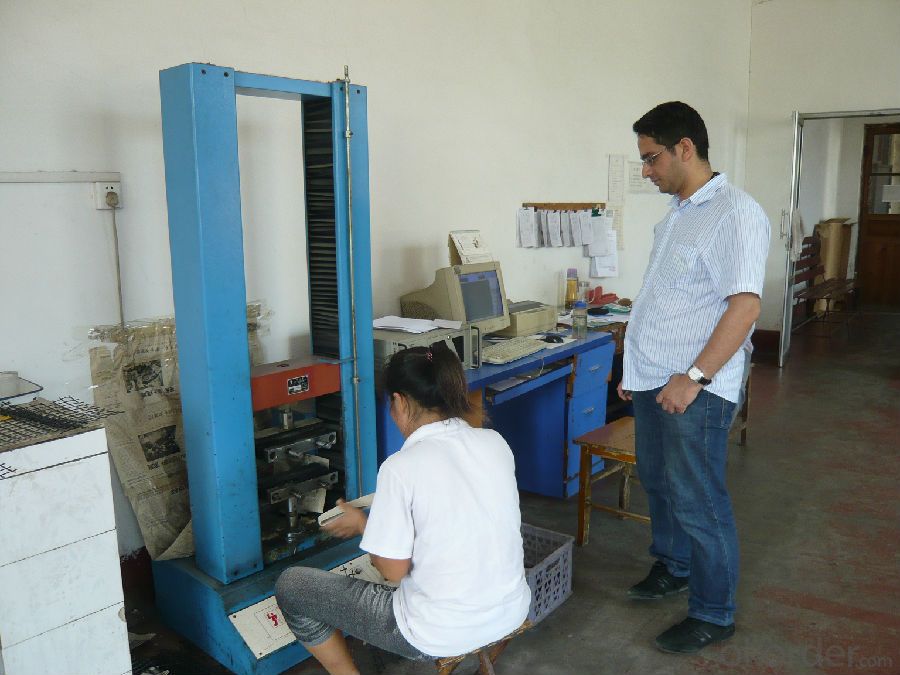
FAQ of Fiberglass Geogrid with Low Elongation of 3%:
1. What are we supplying?
We are specialized in producing Geosynthetic materials, like Geogrid Series, HDPE Geocell, Geonet, Geotextile, Geomat, Tri Denmensional Composite Grainage Geonet, and Geomembrane Series.
.
2. How Many years experience do we have?
We have been exported to more than 20 countries in the past 15 years.
3. How long do we usually reply your request?
We always reply our customer within 24 hours.
- Q:What is the recommended spacing between geogrid layers?
- The recommended spacing between geogrid layers can vary depending on the specific project and soil conditions. However, in general, a spacing of about 2 to 3 feet (0.6 to 0.9 meters) is often recommended to achieve optimal reinforcement and stability.
- Q:Are geogrids suitable for use in high-temperature environments?
- No, geogrids are not suitable for use in high-temperature environments.
- Q:Can geogrids be used in slope protection systems?
- Yes, geogrids can be used in slope protection systems. Geogrids are commonly used to reinforce slopes by providing stability and preventing soil erosion. They can be installed horizontally or vertically to improve the strength of the soil and enhance the overall performance of slope protection systems.
- Q:What are the two levels of widening of the geogrid in the asphalt concrete road?
- If it is not clear, you can ask me
- Q:Can geogrids be used in reinforcement of coastal structures?
- Yes, geogrids can be used in the reinforcement of coastal structures. Geogrids are commonly used in coastal engineering to enhance the stability and strength of structures such as seawalls, revetments, and breakwaters. They provide additional reinforcement by improving soil cohesion and preventing erosion, thus increasing the durability and resilience of coastal structures against wave action and other environmental forces.
- Q:What is the effect of installation damage on geogrid performance?
- Installation damage can have a significant impact on the performance of geogrids. Damage during installation can result in reduced tensile strength, deformation, and compromised stability of the geogrid. This can lead to a decreased ability to reinforce and stabilize soil, ultimately affecting the overall effectiveness of the geogrid in its intended application. Therefore, it is crucial to handle and install geogrids carefully to minimize any potential damage that could affect their performance.
- Q:How do geogrids enhance the stability of steep railway cuttings?
- Geogrids enhance the stability of steep railway cuttings by providing reinforcement and increasing the tensile strength of the soil. They are placed within the soil to distribute the stress and prevent sliding or collapse, effectively stabilizing the slope and minimizing erosion.
- Q:Can geogrids be used in erosion control blankets?
- Yes, geogrids can be used in erosion control blankets. Geogrids provide additional strength and stability to erosion control blankets, helping to prevent soil erosion and promote vegetation growth in areas prone to erosion.
- Q:Can geogrids be used in reinforcement of concrete structures?
- Yes, geogrids can be used in the reinforcement of concrete structures. Geogrids are commonly used as a reinforcement material in various civil engineering applications, including the reinforcement of concrete structures. They are designed to improve the strength, stability, and durability of concrete by providing additional reinforcement and distributing loads more evenly. Geogrids can be embedded within the concrete or placed between layers to enhance the structural performance and prevent cracking or failure.
- Q:What is the tensile strength of a geogrid?
- The tensile strength of a geogrid refers to its ability to withstand pulling forces without breaking or deforming. It is typically measured in units of force per unit width, such as kilonewtons per meter (kN/m). The actual tensile strength of a geogrid can vary depending on its design, materials used, and manufacturing process.
1. Manufacturer Overview |
|
|---|---|
| Location | |
| Year Established | |
| Annual Output Value | |
| Main Markets | |
| Company Certifications | |
2. Manufacturer Certificates |
|
|---|---|
| a) Certification Name | |
| Range | |
| Reference | |
| Validity Period | |
3. Manufacturer Capability |
|
|---|---|
| a)Trade Capacity | |
| Nearest Port | |
| Export Percentage | |
| No.of Employees in Trade Department | |
| Language Spoken: | |
| b)Factory Information | |
| Factory Size: | |
| No. of Production Lines | |
| Contract Manufacturing | |
| Product Price Range | |
Send your message to us
Fiberglass Geogrid with Low Elongation of 3%
- Loading Port:
- Shanghai
- Payment Terms:
- TT OR LC
- Min Order Qty:
- 50000 m²
- Supply Capability:
- 200000 m²/month
OKorder Service Pledge
OKorder Financial Service
Similar products
New products
Hot products
Related keywords
